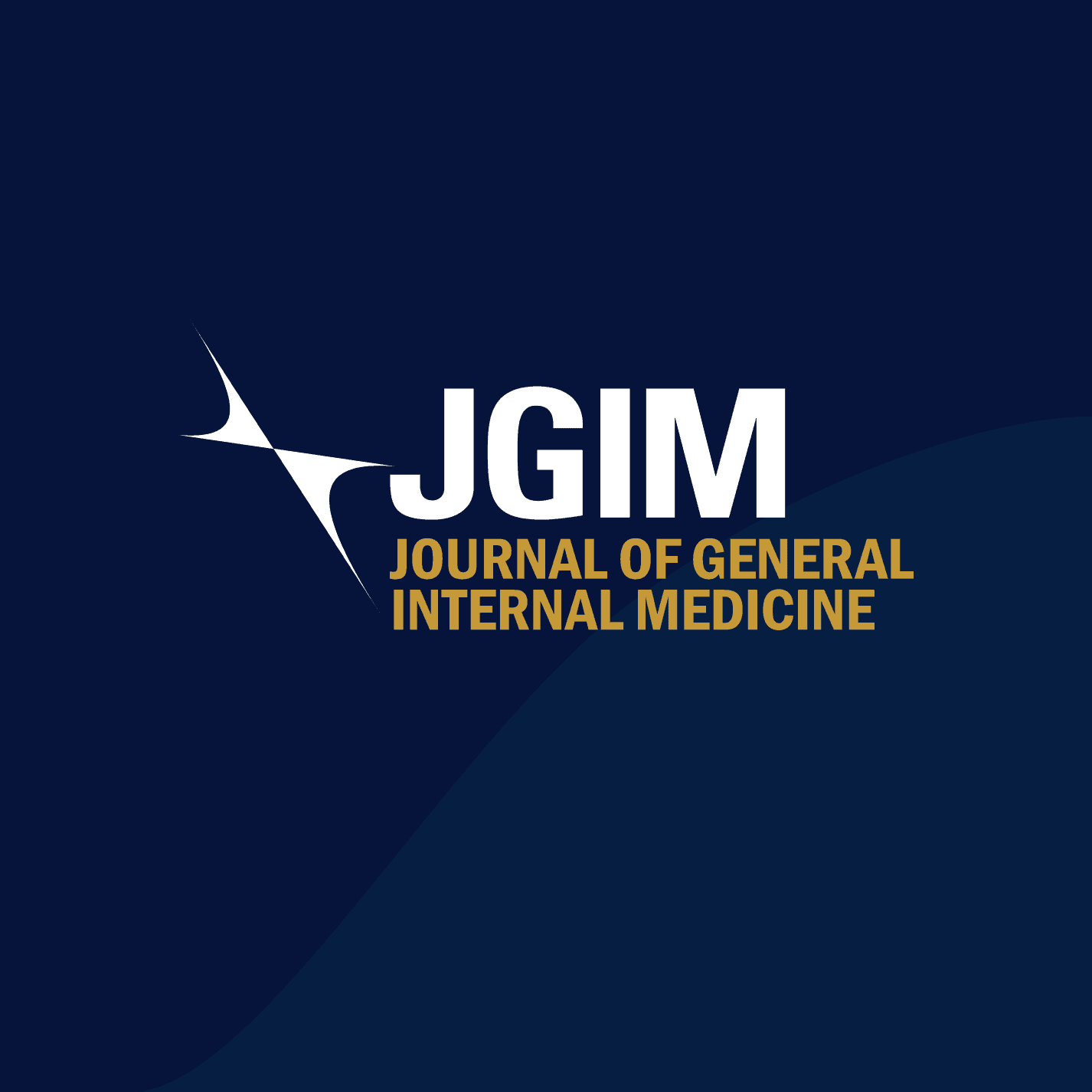Health services research discoveries have increased our appreciation of health disparities and the barriers to health equity in the USA over the past 50 years.1 Health services research has also demonstrated that a diverse healthcare workforce can lead to better outcomes for all patients and reduce health disparities.2,3 While funding sources often determine research priorities for funding, a diverse health and health services research workforce can help ensure that diverse perspectives are included in the design, analysis, and dissemination of findings of research, whether federally funded, industry sponsored, or investigator initiated. Diversity and inclusion in the health and health services research workforce can help promote equity and help address biases and blind spots in research. Therefore, advancing effective initiatives to strengthen workforce diversity and inclusion is essential.
Pipeline and career development are vital components of building and sustaining a diverse and inclusive health and health services research workforce. There is a relative paucity of research knowledge regarding the diversity of the health services research workforce. Studies have demonstrated that the health services research workforce has increased substantially in size over the past two decades.4,5 However, the diversity within the workforce has not demonstrated the same increase. These same studies have demonstrated that health service researchers of Black race and Hispanic ethnicity continue to be underrepresented in the workforce compared to their percentages in the general population.4,5
However, there is encouraging evidence that the diversity among health services researchers will continue to improve based upon the diversity of recent graduates in health services research related fields.4 While this finding is promising, there also is the concern that the greatest increase in diversity, particularly for graduates of Black race, is in degrees from for-profit institutions, which will be accompanied by increased debt and decreased opportunities for not-for-profit university faculty appointments, the leading employer of health services researchers.4
We are now at a unique time in history as the Supreme Court’s decision in the Students for Fair Admissions case in 2023 ruled against using race as an isolated factor in admissions.6 This ruling directly threatens the pipeline to diversity in higher education at all levels, including those fields that contribute to the health and health services research workforce. This ruling has implications for both the pipeline of health and health services researchers and programs focused on promoting diversity, equity, and inclusion (DEI) in the health and health services research workforce. While there is limited information regarding the pipeline, there is no comprehensive information regarding initiatives promoting DEI within the health and health services research workforce.
Enter this timely systematic scoping review by Gichane and colleagues, Increasing Diversity, Equity, and Inclusion in the Health and Health Services Research Workforce: A Systematic Scoping Review. In this study, the authors provide a thoroughly performed systematic review of the literature to elucidate the DEI programmatic efforts focused on hiring, promotion, and retention of employees in the health and health services research workforce.7 The authors utilized the Arksey and O’Malley approach for DEI programs reported in the literature during the decade of 2012 to 2022.8,9 Their aims were to characterize DEI programs, to identify any gaps, and to distinguish challenges and opportunities in DEI program leadership, infrastructure, and practices.
The authors developed a research protocol, worked in consultation with an academic medical center chief librarian, and conducted a literature search across multiple databases for the years 2012 – 2022 using National Institutes of Health (NIH) Guideline derived definitions for underrepresented groups regarding race, ethnicity, gender, sexual orientation, and socioeconomic status. The authors used both software screening tools and multiple human independent reviewers to screen 2028 studies. Exclusion reasons were recorded. This resulted in full-text reviews of 90 studies by multiple reviewers to achieve consensus on the relevant 62 studies that are summarized and reported in this systematic scoping review.
The categories reported include institution and program name, funding source, analytic time frame, program length, program aims, program approaches and infrastructure, workforce role of focus, underrepresented groups of focus, program challenges and opportunities, and program outcomes. All programs were based in the United States. Sixty-one of the 62 programs were funded by the NIH with one funded by the Centers for Disease Control. Among the programs that reported time length, there was high variability, from 1 h to 5 years, with nearly half of reporting programs having time length being 1 year or less in length of program. The majority of programs focused on faculty and investigator roles. Ninety-two percent of programs had a focus on underrepresented groups based on race and ethnicity, and 24% focused on gender. The most prevalent DEI program success measures were grants awarded, for 56%, and manuscripts published, for 45%. Only 40% of the DEI programs in this systematic scoping review tracked success in hiring, promotion, or retention.
The authors’ analysis identified that the short duration of many of the DEI programs limits the programs’ abilities to track or impact the long-term trajectory of researchers’ careers. The limited information regarding career development of underrepresented groups in health and health services research over time is an area in need of further research. The authors found that there was very limited information regarding successful infrastructure reported. The authors recommend that metrics for success in DEI programs are transparent and developed along with members of the underrepresented groups such that progress may be assessed, and best strategies may be shared between institutions.
The authors identified the limitation that all of the studies in this systematic scoping review were federally funded, which raises the concern that these programs can be subject to federal budget constraints. A corollary limitation is that there are no programs studied that are primarily institutionally or otherwise funded to provide insights and perspectives beyond federally funded programs. The authors astutely note that for DEI programs to be sustainable, funding should be supplemented by institutional, state, and philanthropic funding sources. The authors also highlight that federal grant funding institutions should focus on achieving racial and gender equity in funding by proposing a strategy that has been successfully employed to support early-stage investigators applying for federal grant funding.
This timely systematic scoping review thoroughly summarizes the current literature regarding DEI programs in health and health services research. This study provides insights into strategies used and avenues for further investigation to promote DEI in the health and health services research workforce that can promote successful career development of researchers.
Related Articles
Volunteer Peer Support for Chronic Pain Self-Management: A Qualitative Study of Benefits and Barriers
Abstract Background Pain self-management is a key ingredient in chronic pain management.…
Effectiveness of the SHARE Approach for Improving Clinician Shared Decision Making Skills: A Trial in 12 Practices Located in Colorado, USA
Abstract Background The SHARE Approach Model and training curriculum was developed by…


